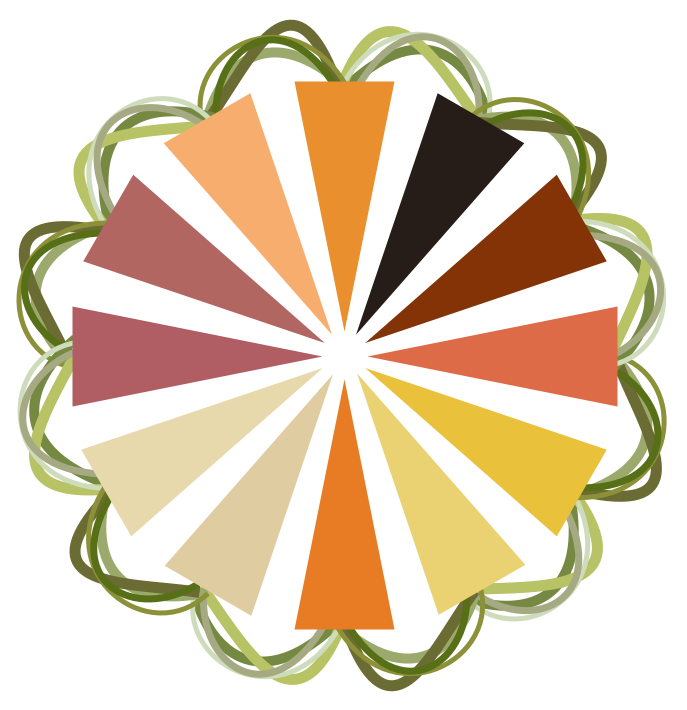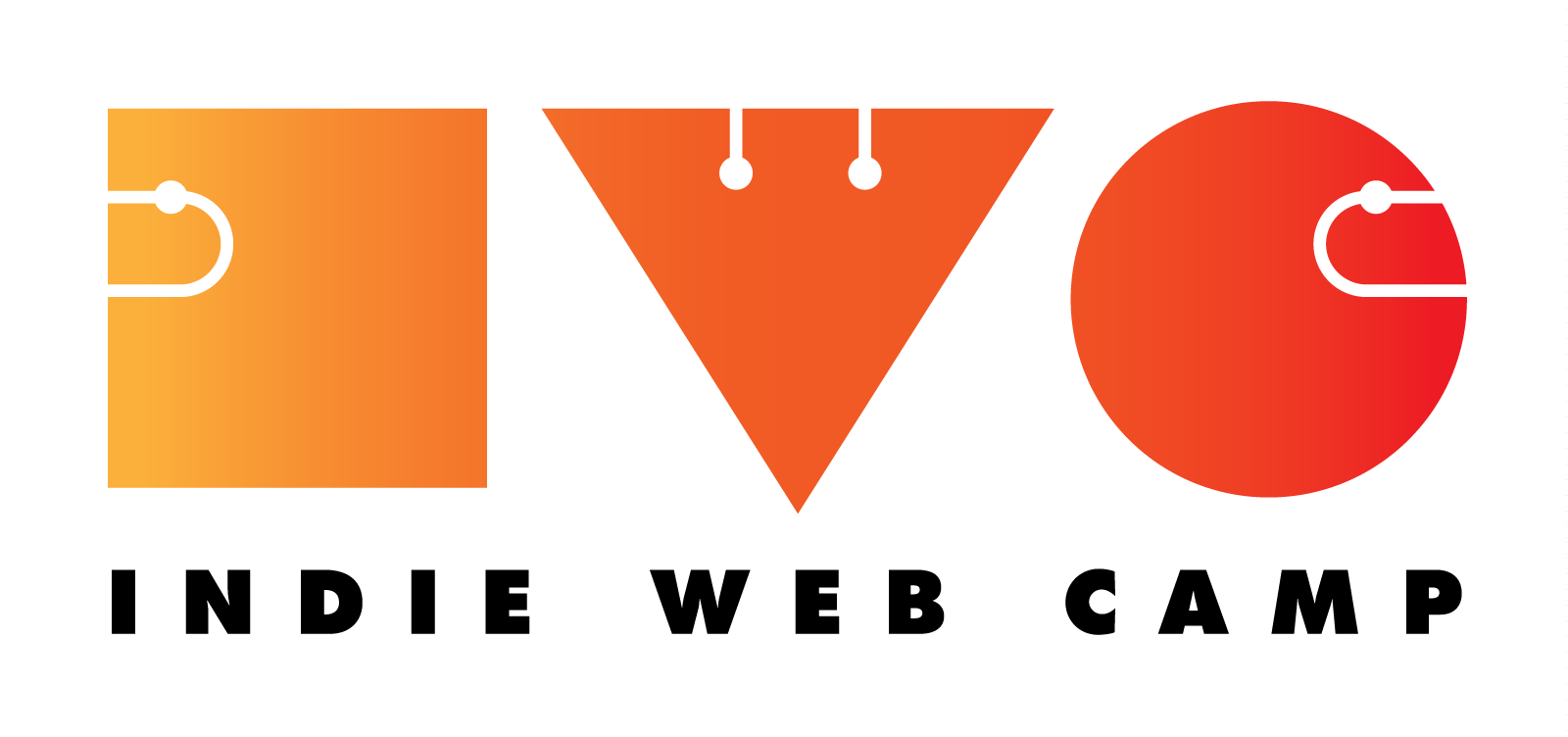After deliberating a little about how to “do” a composite homepage feed, whether or not I should forget about having “notes”, “music” and “articles” and just merge them all, coupled with the fact that I already use notes for replies, I have reached a simple conclusion, of which this post is the first demonstration.
/notes/ and what used to be “Notes” is now my de-facto dump for short-medium length chronological posts of all types. This covers notes, replies, checkins, short articles (basically named notes with more structure) and so on. Posts with a name live at /notes/DDD-name, those without names live at /notes/DDDSSS.
/articles/ retains all content which lived there in the past. Going forward it might become more of a wiki, or a place for very long things like Data Export.
/music/ will retain all it’s content, and be where I post standard musical notation tunes. Audio recordings of those tunes will be posted as audio posts with a link to the relevant tune.
Hopefully these changes, along with improved templating (post-type-specific DOM templates here I come) will make finding, posting and reading posts on #taproot a much more pleasant experience.
 Emil Björklund
Emil Björklund




 superfeedr
superfeedr Sandeep Shetty
Sandeep Shetty